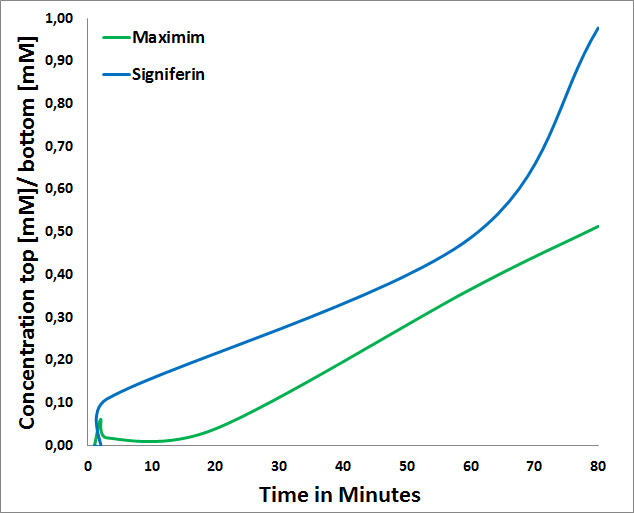Team:TU-Delft/BandAidSelection
From 2013.igem.org
Jfkooijman (Talk | contribs) |
|||
| Line 24: | Line 24: | ||
<p align="justify"> | <p align="justify"> | ||
<br><br> | <br><br> | ||
| - | The focus of our project is to engineer <i>E. coli</i> that can detect MRSA in order to locally produce and deliver antimicrobial peptides.This project may have implications to society, especially if the mechanism is put into a real application. Therefore, we thought of a possible application of our project and we came out with the band aid idea | + | The focus of our project is to engineer <i>E. coli</i> that can detect MRSA in order to locally produce and deliver antimicrobial peptides.This project may have implications to society, especially if the mechanism is put into a real application. Therefore, we thought of a possible application of our project and we came out with the band aid idea. |
Revision as of 13:44, 4 October 2013

Band Aid as a Final application

The focus of our project is to engineer E. coli that can detect MRSA in order to locally produce and deliver antimicrobial peptides.This project may have implications to society, especially if the mechanism is put into a real application. Therefore, we thought of a possible application of our project and we came out with the band aid idea.
By using the band aid, the safety of the real application can be ensured in several ways. First of all, the complete system is enclosed by the band aid and in that way it can be located on the wound without having the E. coli in direct contact with the patient which could lead to the E. coli also becoming a source of infection. To research this band aid application we selected several membranes that can be used to enclose E. coli and allow passing through of AIPs and peptides. The important parameters in selecting a membrane are the pore size and the material. The pore size is set to a diameter of 0.1 μm, which is big enough to allow passing through of the petides and AIPS, but small enough to make it improbable for the E. coli to escape. Moreover, the material is chosen not to break easily in order to avoid the infection of patient in case that something goes wrong [1] . Last but not least, the band aids were selected in such a way so as not to be toxic or become toxic for E. coli. Because if that is the case, then the complete system will fail and the patient will also be infected.
The membranes that were chosen to satisfy the above mentioned criteria are:
- pore size of 0.1 μm
- diameter of 47 mm
- Burst strength > 2 psi
- Hydrophilic nature
- pore size 0.2 μm
- diameter of 47 mm
- Hydrophobic nature

Figure 1:Maximim and Signiferin passing through membrane
For more details see our lab page!
References
- iGem Team Groningen 2012: Sticker.[Online]. Available From: https://2012.igem.org/Team:Groningen/Sticker
- Whatman : Cellulose Nitrate Membranes.[Online]. Available From: http://www.whatman.com/CelluloseNitrateMembranes.aspx
- Whatman : PTFE Membranes.[Online]. Available From: http://www.whatman.com/PRODPTFEMembranes.aspx
 "
"
